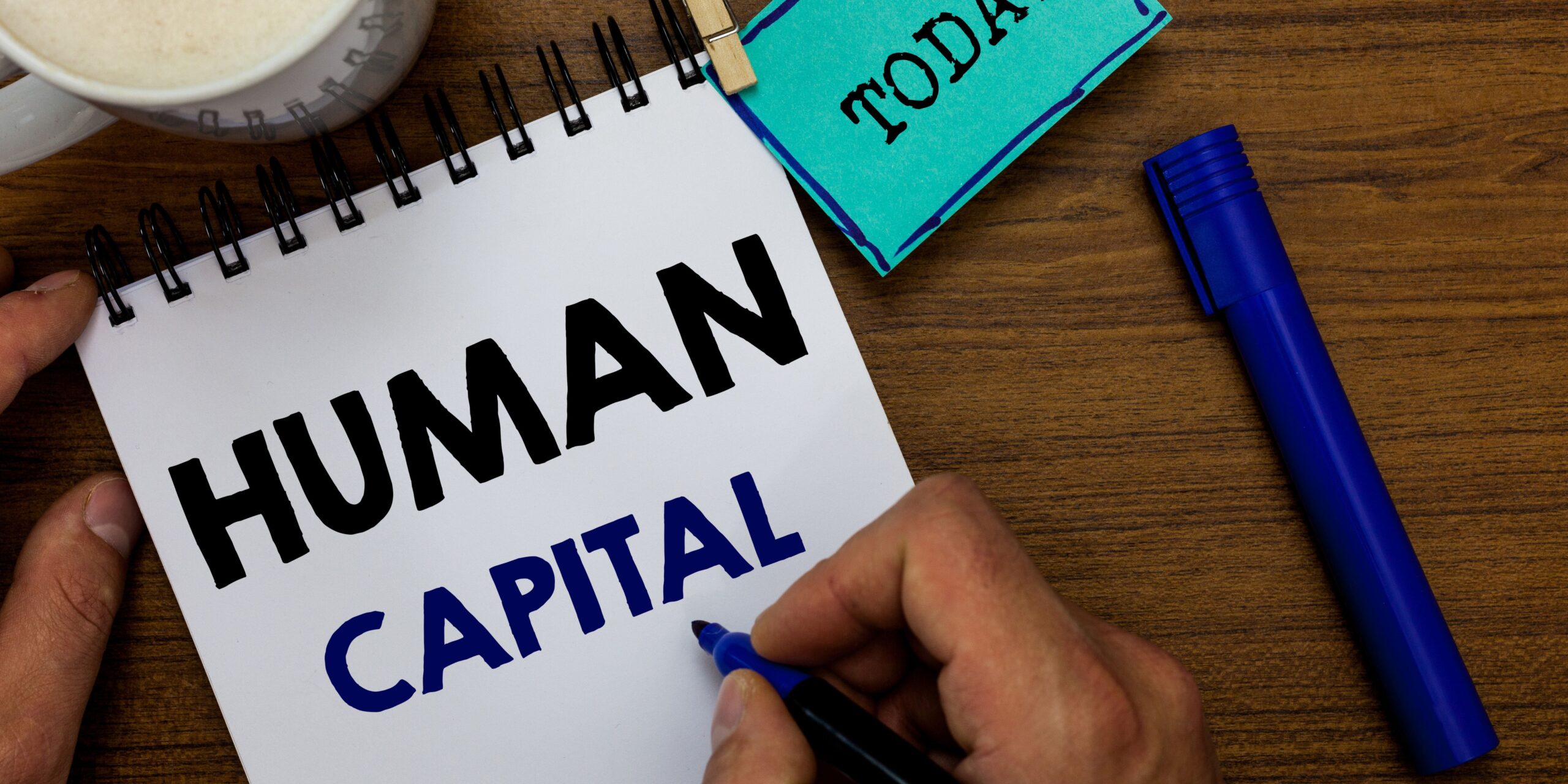Artificial intelligence has become an essential ally for human resources professionals. As HR transformation, process automation, and data management accelerate, the workplace is evolving at high speed. HR directors and managers face new challenges that are best anticipated. To fully understand the impact of these technologies in 2025, it’s crucial to break down the concrete issues, the risks, and the opportunities this digital revolution presents for HR leaders.
Major Impacts of Artificial Intelligence on HR Strategy
Artificial intelligence is radically transforming how HR teams shape their strategies, particularly in management, recruitment, and training. With accessible tools, even medium-sized organizations are rethinking their entire structure. Information gathering is no longer a constraint thanks to automated processes. Analyzing hundreds of applications quickly, identifying skill development needs, or anticipating turnover risks is becoming far more seamless.
This evolution puts talent management at the core of strategic concerns. Every decision must now incorporate the possibilities offered by AI, while also responding to employees’ growing expectations for well-being and employee experience.
What Changes in Data Management?
With the explosion in HR data volumes, HR leaders must adopt new methods. Automating processes helps sort, structure, and secure all sensitive information. Better data management not only guarantees confidentiality of personal information but also improves predictive analytics to anticipate internal movements or manage compensation policies.
In this context, roles like the Business Development Representative (BDR) are becoming increasingly important, especially when integrating AI solutions to streamline lead qualification processes in collaboration with sales teams.
Interactive dashboards have become essential, offering a real-time, comprehensive view that enables faster, more relevant decision-making while ensuring compliance with current legislation.
The Role of Automation in Recruitment and Application Screening
Recruitment is undergoing a dramatic shift thanks to process automation. Algorithms analyze resumes, identify suitable profiles, and assess certain soft skills through questionnaires or interactive simulations. This technological leap offers numerous benefits: significant time savings, reduced risk of human error, and an enhanced candidate experience.
However, human input remains essential in validating final choices. Hybrid models are emerging, where AI handles the initial screening and humans refine the final assessment. The HR manager’s role is therefore becoming more strategic than ever.
Challenges and Best Practices for Successful HR Transformation
To embrace these innovations, certain precautions are essential to ensure successful HR transformation. Simply deploying new technology isn’t enough: organizations must also support internal change, train teams, and regularly assess the effectiveness of tools used. Poor integration or mismanagement can derail the entire HR strategy. Equipping your teams with the right tools is key: for example, hiring high-performing sales reps now means meeting expectations around mobility and automated customer relationship management.
Another core issue is regulation and compliance. Between GDPR and internal ethical charters, data processing must be handled with care. A clear framework protects both the organization and its employees, limiting legal and reputational risks associated with improper use of collected information.
How to Integrate AI-Driven Skills Development?
It’s now essential to train HR teams in the use of AI tools. Training offerings are expanding, ranging from short sessions on process automation to in-depth programs on algorithm design for talent management. Implementing a personalized development plan helps each employee gradually build skills.
Digital learning accelerates this progress. Interactive platforms allow personalized learning paths based on each HR team’s level and goals. Here are some key training areas:
- Understanding automated sorting algorithms
- Awareness of data management regulations
- Using predictive analytics tools applied to HR
What Measures Support Well-Being and Employee Experience?
Adopting AI must never mean excluding the human element. Maintaining motivation and a healthy work climate remains a top priority. New tools for surveys, active listening, and instant feedback increase employee involvement in company life. They provide a precise and up-to-date view of employee sentiment, enabling tailored and meaningful action.
To enhance well-being, some companies invest in:
- Predictive analysis of engagement levels
- Early detection of disengagement signals
- Tailored training and career development offers
Comparative Table of AI Applications for HR Management
AI unlocks a wide range of solutions tailored to the daily management of human resources. This table compares several key functions made possible by recent technologies:
| Application | Benefit | Automation Potential | Impact on HR Strategy |
|---|---|---|---|
| Recruitment & Application Sorting | Shortened selection time | Very High | Enhances attractiveness and decision speed |
| Talent Management | Fast identification of high potentials | Medium | Aids in retention and career path planning |
| Skills Development | Modular paths based on needs | Medium to High | Increases organizational agility |
| Employee Experience & Well-being | Continuous improvement via predictive feedback | Medium | Supports long-term engagement |
| Data Management (payroll, absences…) | Improved reliability and security | Very High | Ensures regulatory compliance |
This table shows how HR leaders can leverage AI depending on their priorities: performance, agility, proactive management, or quality of work life.
Frequently Asked Questions about HR & AI in 2025
What are the main benefits of AI for HR?
Artificial intelligence enhances data management, automates repetitive tasks, and improves responsiveness in recruitment and candidate screening. It also improves tracking of employee well-being. Benefits include:
- Faster file processing
- Better candidate pre-selection
- Increased ability to anticipate organizational needs
These elements help position HR as a strategic and people-centered function.
How to ensure compliance and regulation when using AI in HR?
To remain compliant, a strict framework is essential—especially regarding personal data protection (GDPR)—and procedures must be reviewed regularly. HR leaders must educate staff and update internal policies. Key points to monitor:
- Use of certified and recognized tools
- Implementation of secure access protocols
- Frequent audits of AI use in HR services
A compliance dashboard can greatly simplify daily monitoring.
Can we measure the concrete impact of AI on employee experience?
Yes, several indicators can demonstrate this, especially through anonymous surveys, turnover analysis, or engagement tracking. Here’s a table of relevant KPIs:
| KPI | Description |
|---|---|
| Employee Satisfaction Rate | Measures the direct impact of AI-supported HR practices |
| Engagement Index | Analyzes overall employee involvement since AI was introduced |
| Average HR File Processing Time | Compares performance before and after process automation |
Regular monitoring of these KPIs helps adjust HR strategies to meet evolving expectations.
What are the best practices for successful HR transformation with AI in 2025?
It’s advisable to adopt a step-by-step approach, gradually test digital tools, and engage all stakeholders around a clear vision. Key steps include:
- Assessing digital maturity
- Defining strategic HR priorities
- Running small-scale pilot programs
- Supporting teams with targeted training
The key to success lies in the constant blend of human value and technological innovation.








